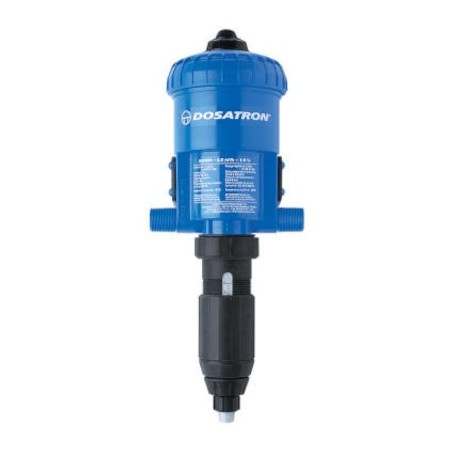We are all well aware of how important it is to have a correct replacement rate, which would be between 40-50%, and that if we deviate much from this range, we can put the future of the farm at risk, BUT are we aware of the importance and costs related to staff turnover? And we do not only mean the direct costs related to the issuing of new contracts and /or redundancies, but also to the time needed to train new staff, their adjustment to the environment, equipment costs, etc.
Over the last few years, there has been an improvement in many areas of pig production: genetics, livestock facilities, health, etc. BUT what has been done regarding staff training? Are we not aware that we will not get the most out of all these changes if we are not able to recruit qualified staff or, if that is not an option, invest in their training? Yes, I know that the first question that comes to mind is: Why invest in someone that will leave as soon as they are offered a better job or better wages, or worse, someone that will leave to work for our competitors?

It is true, but I might ask myself another question: What have we done to dignify our profession and get all staff involved and motivated to feel they are part of our company or project? And a second question related to the first one: What do we mean by a better job and/or better wages? And what part of responsibility do we have in all this?
Let´s take a few minutes to think about it.
In the last 4 years, I have been working in several companies and I can state without a doubt, that most of the problems I found were directly related to animal management, more specifically with the lack of training and involvement of staff in their tasks. Who is directly responsible for this? Responsibility for everything which is a direct consequence of animal management clearly lays with the operator but, did the operator receive enough training and was he taught how to do the job? If the answer is YES maybe we should reconsider, in the worst case scenario, his continuity in the company due to an attitude problem, but if the answer is NO (and in most cases this is the right answer) maybe we should think about what working model we want for our company.
We could give many examples, but we can just start by calculating how much a worker costs per month.
Net salary received: 1,234 € (many do not even get this amount) and a monthly cost for the company of 2,000 €.
How many times have we heard veterinarians say:” If all feed dispensers are adjusted at the same level, this is a bad sign”. It means that nobody is checking or controlling them correctly because the job is allocated to staff without proper training or knowledge. Alternatively, the person responsible for the job is no longer in the company and the tasks s/he used to carry out are not properly explained to this person’s replacement. The obvious negative impact of these shortages is broken down below:
Let´s imagine a normal type farm with around 1,500 productive sows, of which approximately 700 are in the gestation barn where, for some reason (usually associated to management), the feeders have not been adjusted over the last month. This means that the sows are eating an average of 800 g above what they would need. If the price of the feed is 19.4 ct/kg, the 800 g would cost 15.52 ct/day which, multiplied by 700 sows and 30 days, adds up to a total cost of 3,259.2 € only because of a bad feed management in the gestation area.
The difference between the monthly cost of the worker (2,000 €) and a simple but very common mistake amongst non-qualified staff (3,259 €) is 1,259 €.
Based on this information, draw your own conclusions.






